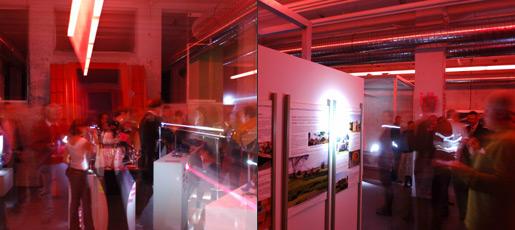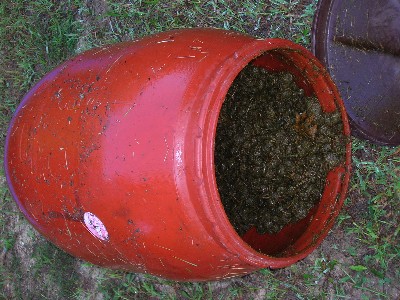Good article written by Rev. J.D. Hooker. He shares his experience using manure as a fuel and the ash as fertilizer for the soil.
Snip:
“It’s been well over a decade now since I first heard my friend Pete voice his amazement at my practice of spreading animal manure as a fertilizer. It seems that since time immemorial, well dried manure has been very highly regarded as a fuel in his homeland in the south of Thailand, with only the ashes left from burning the manure seeing regular use as a fertilizer.
Now Pete readily admits that he’s never had any experience with farming on the sort of huge scale regularly seen in our country. Still, he assures me that the yield routinely realized in their big market gardens very easily surpasses any that we’re used to seeing here. He’d never even heard of anyone ever needing to add lime to their soil, even though many of the gardens and small farms where he grew up have been in regular use for more than a thousand years.”





